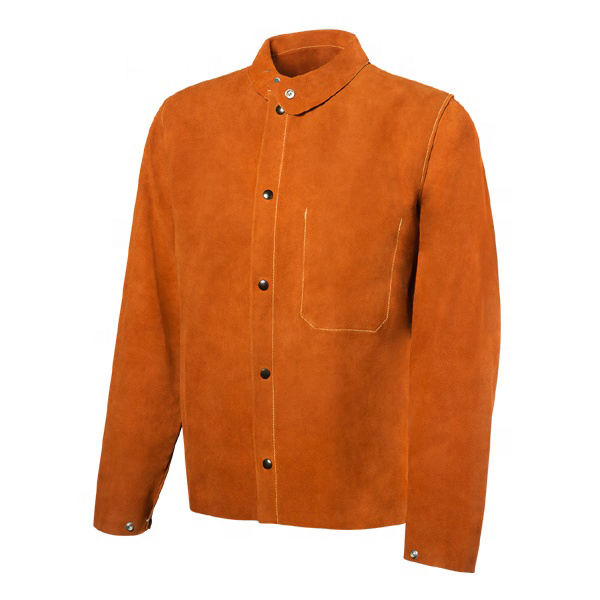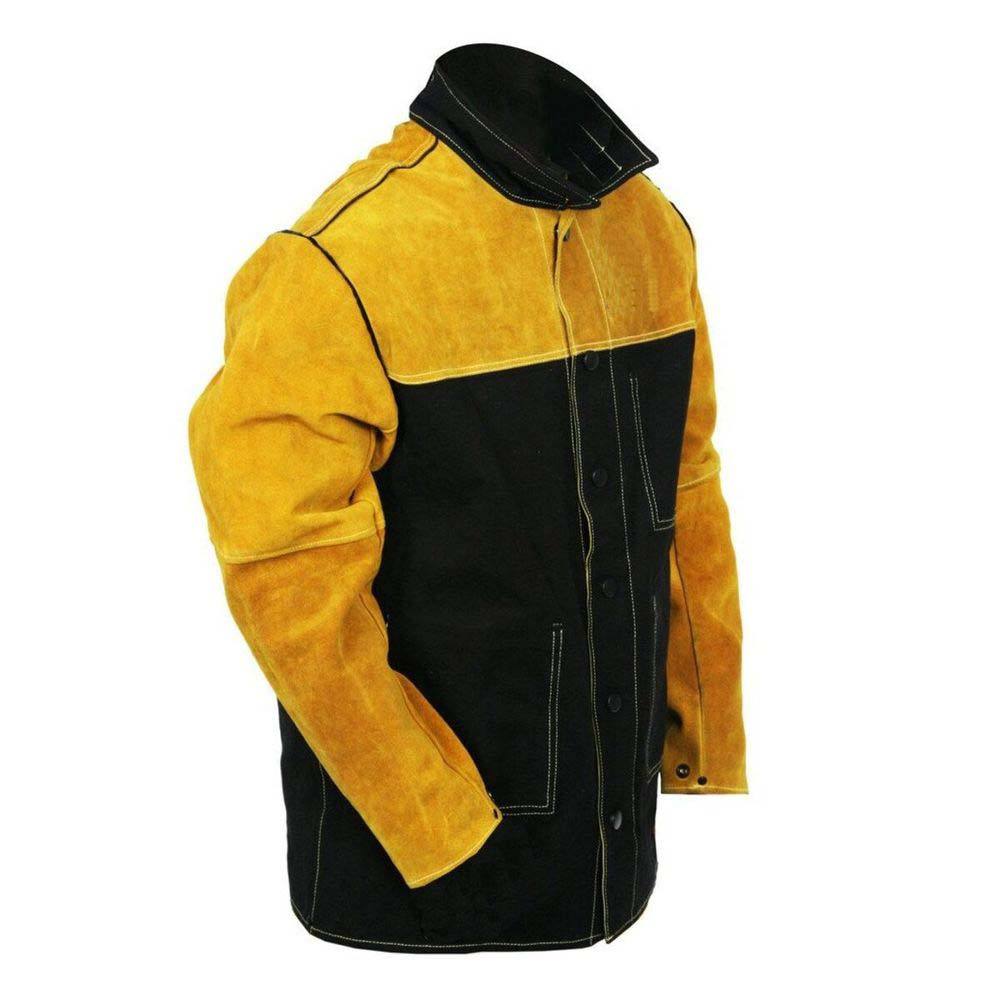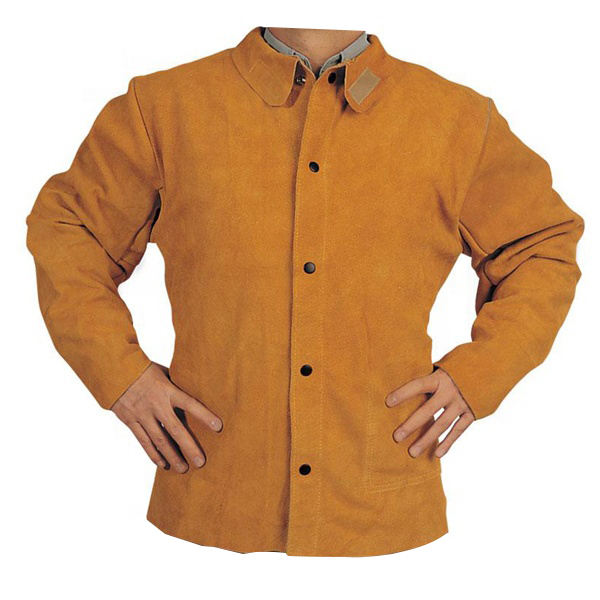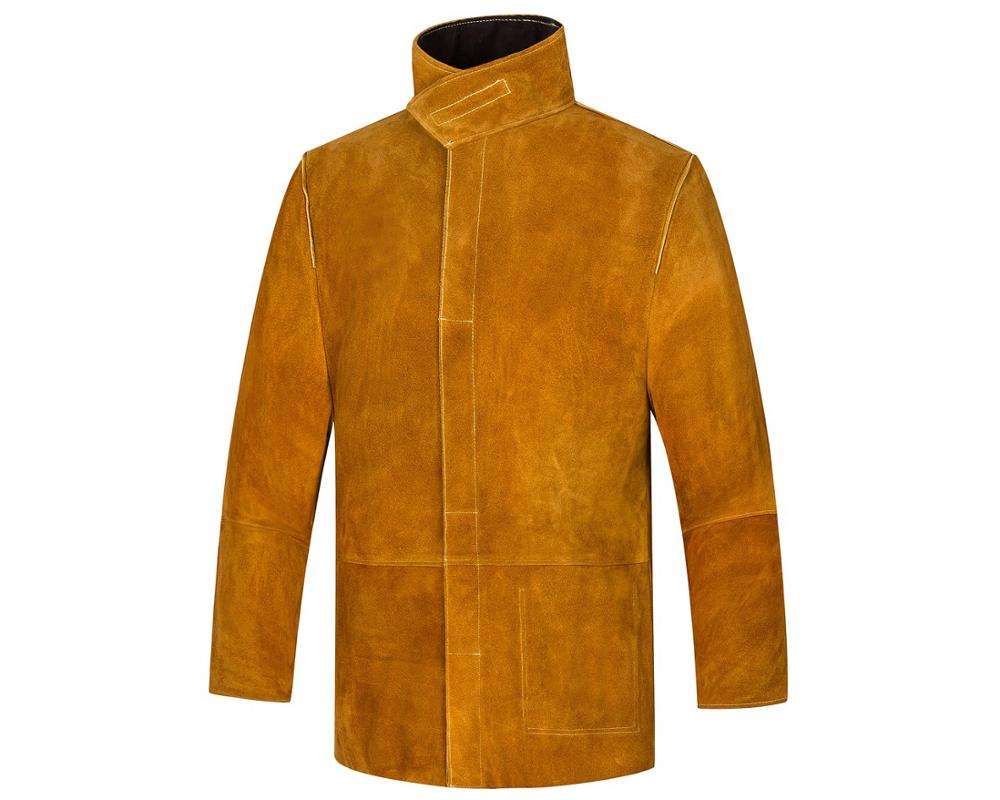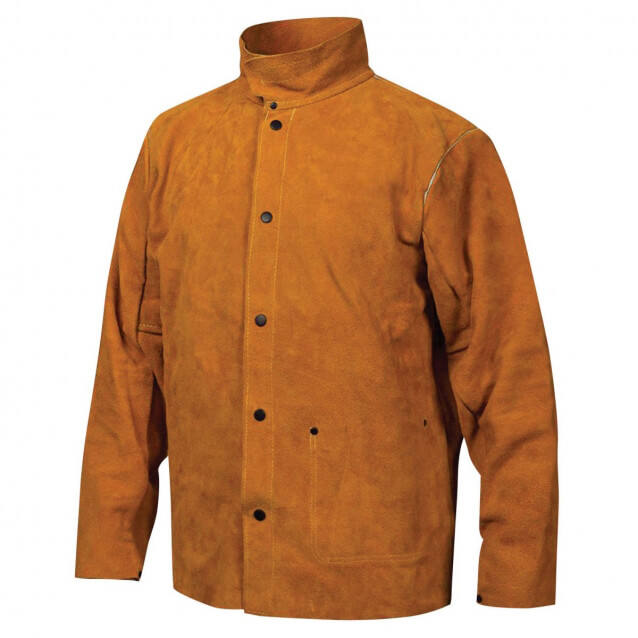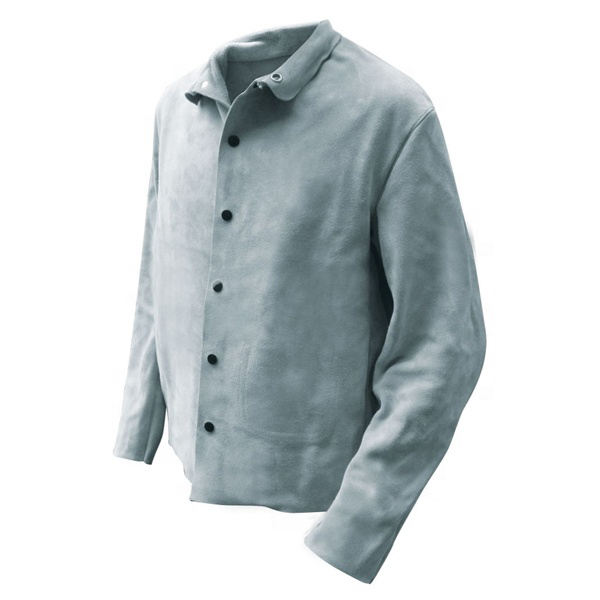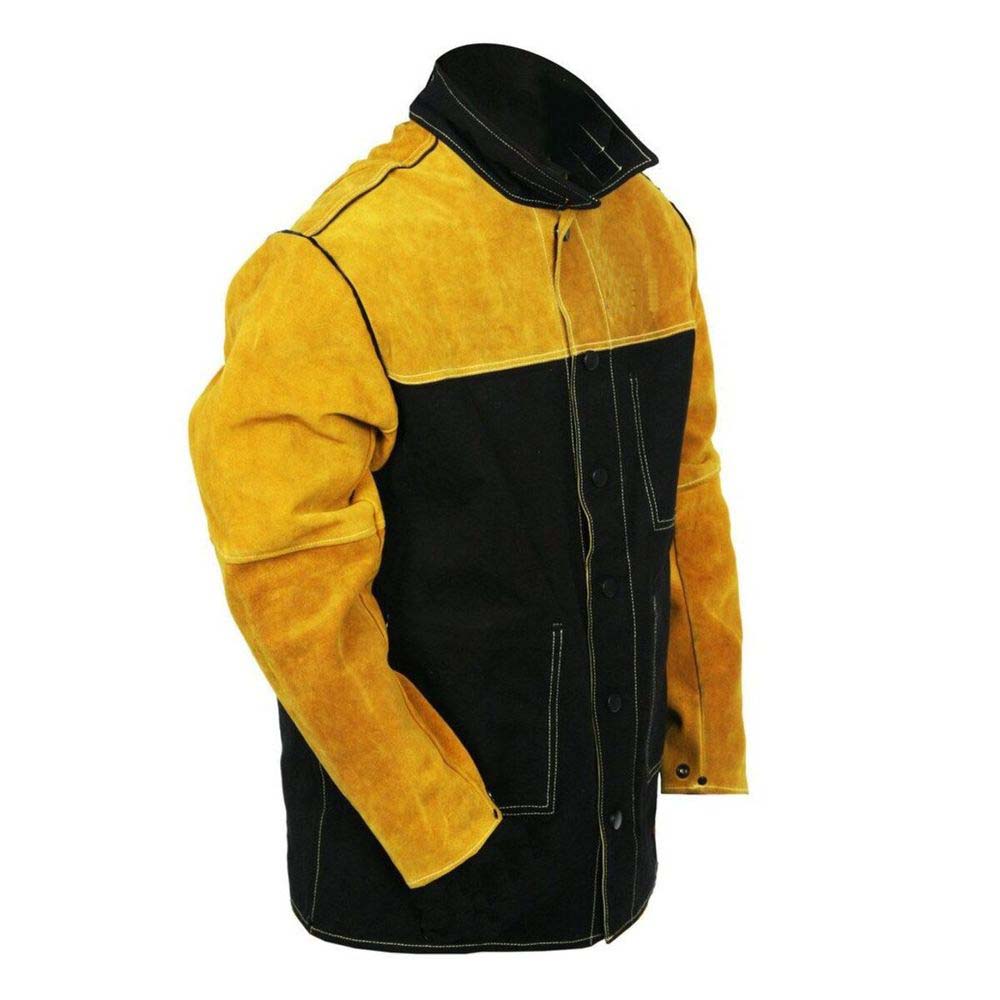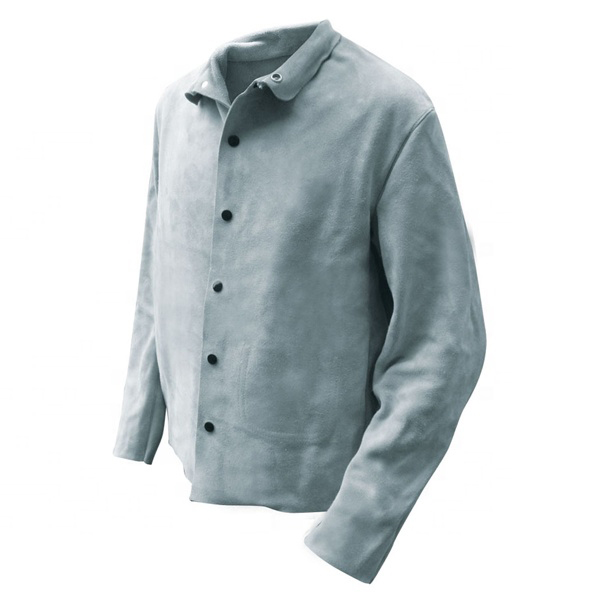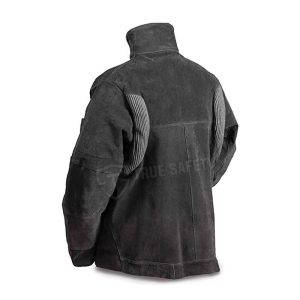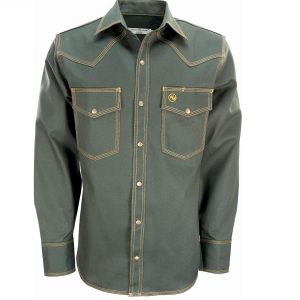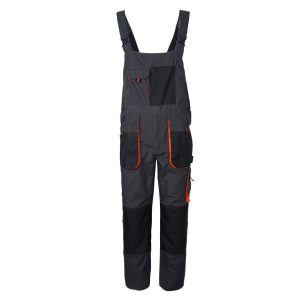Welding clothes are specialized garments designed to provide essential protection for individuals engaged in welding processes. Welding is a high-risk activity that involves intense heat, sparks, molten metal, and potentially harmful ultraviolet and infrared radiation. These clothes are meticulously crafted to safeguard welders from these hazards, ensuring their safety and well-being.
Key features of welding clothes include flame-resistant materials such as leather, cotton, or specialized fire-resistant fabrics. They are often heavy-duty to withstand sparks and splatters. Welding jackets, aprons, and sleeves cover the upper body and arms, shielding them from heat and molten metal. Welding pants and bibs protect the lower body.
Welding clothes also incorporate ergonomic designs for comfort and ease of movement, as welders often need to work in tight or awkward spaces. Some garments have adjustable straps and ventilation to enhance comfort during long welding sessions.
Another critical component is the inclusion of welding helmets with darkened visors or auto-darkening filters to protect the eyes from harmful radiation and intense light emitted during welding.
Welding clothes are essential in ensuring the safety and protection of welders, preventing serious injuries and long-term health issues associated with welding activities. Employers have a responsibility to provide and enforce the use of proper welding clothes to maintain a safe and productive work environment in welding and metalworking industries.




